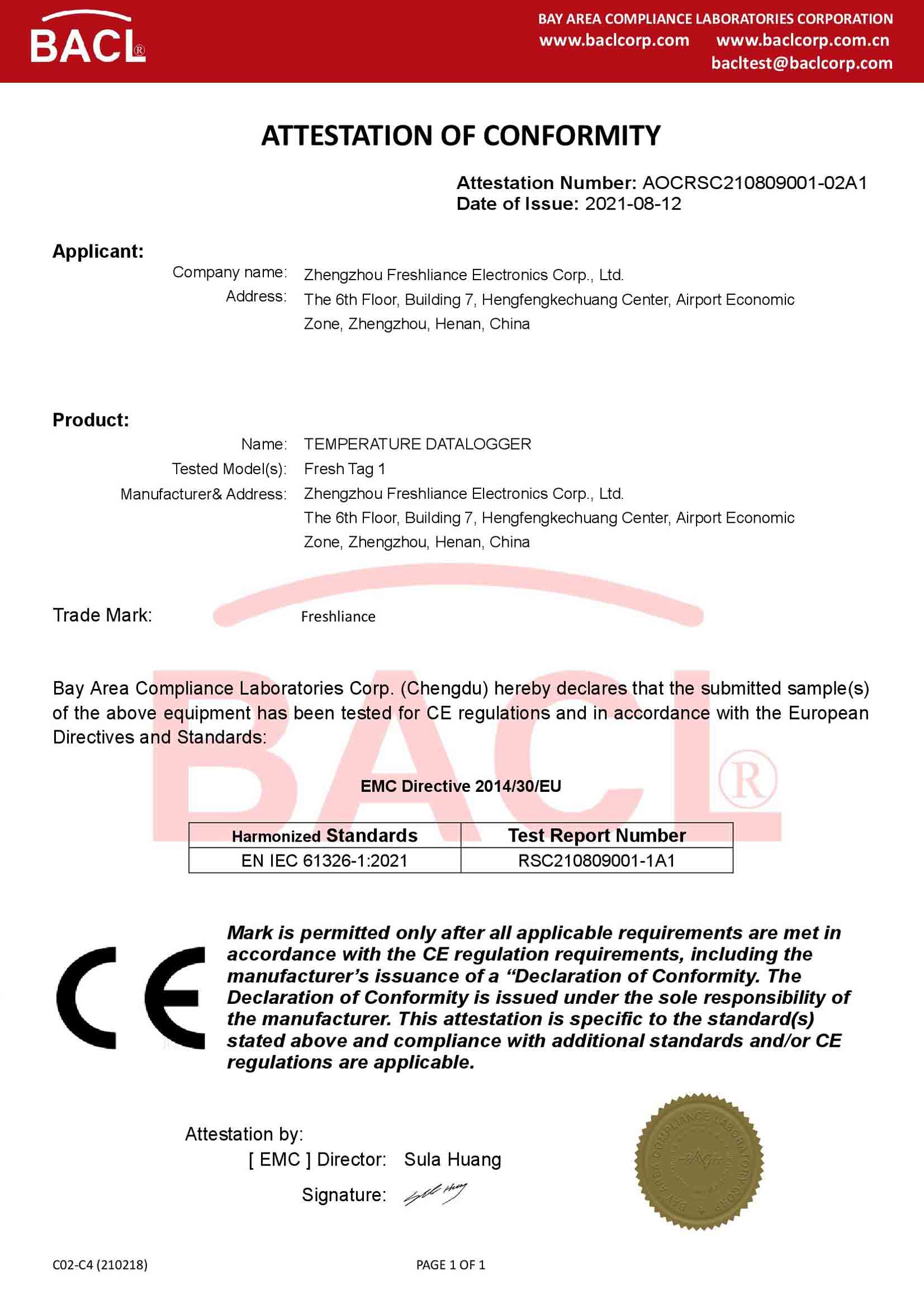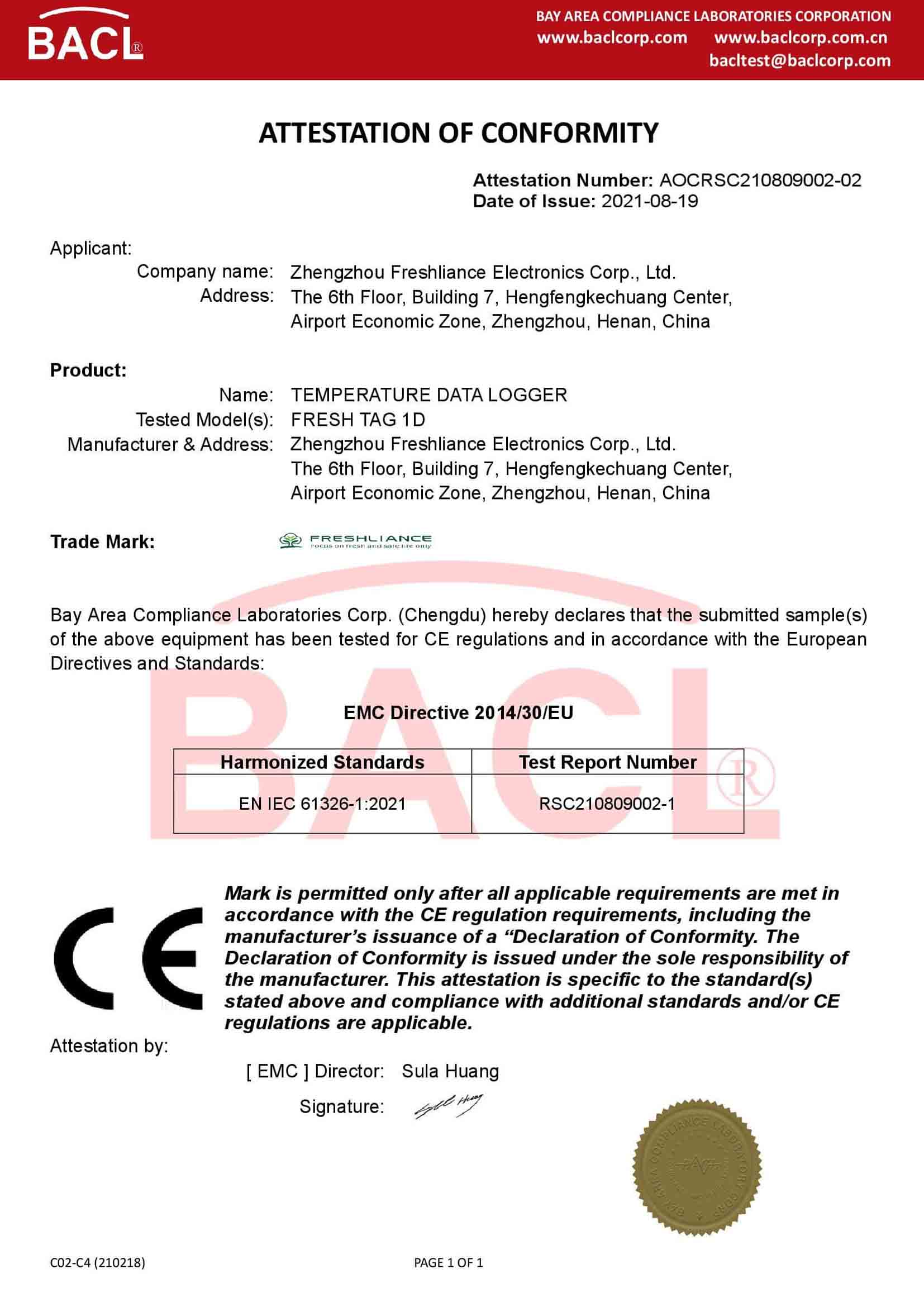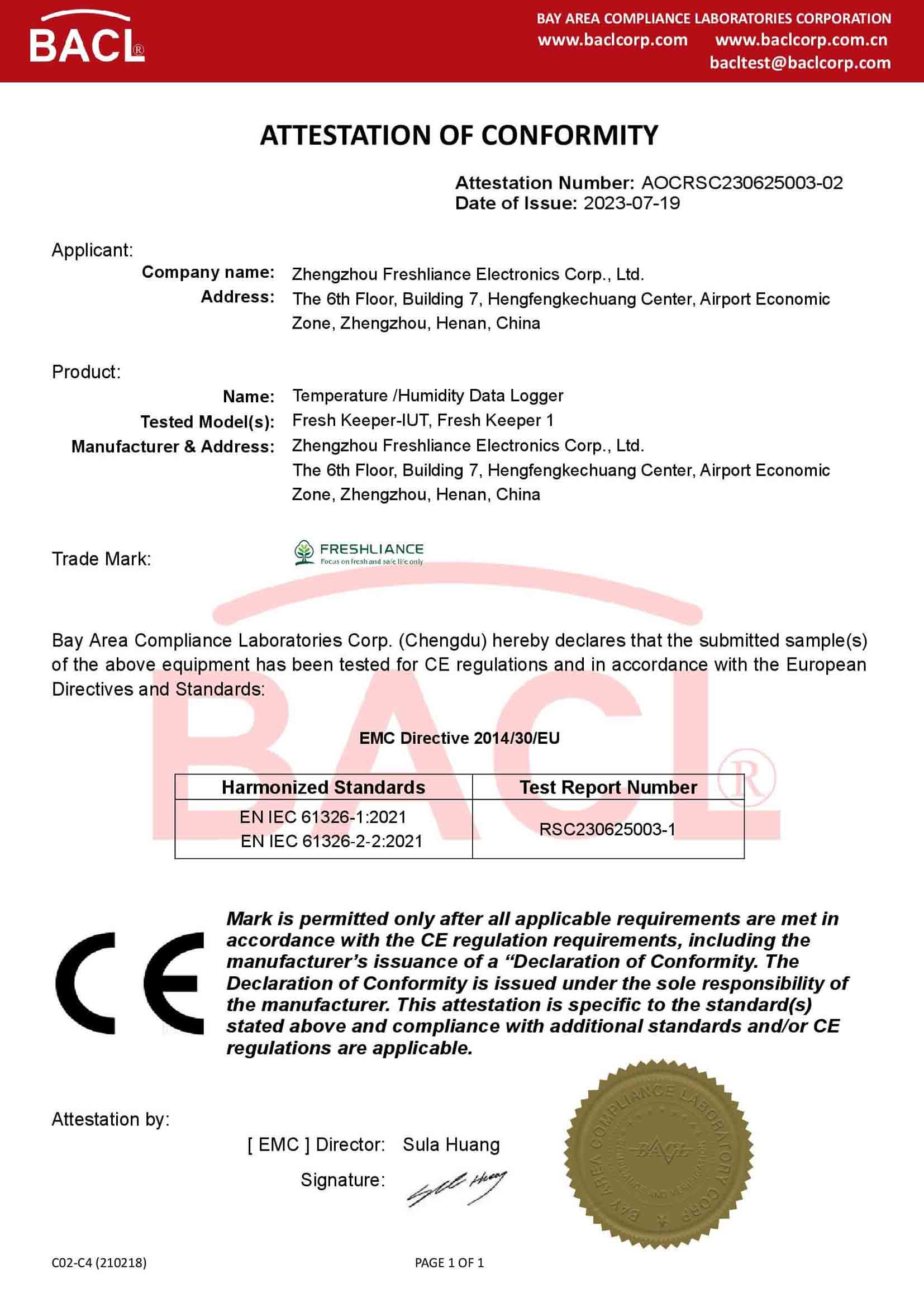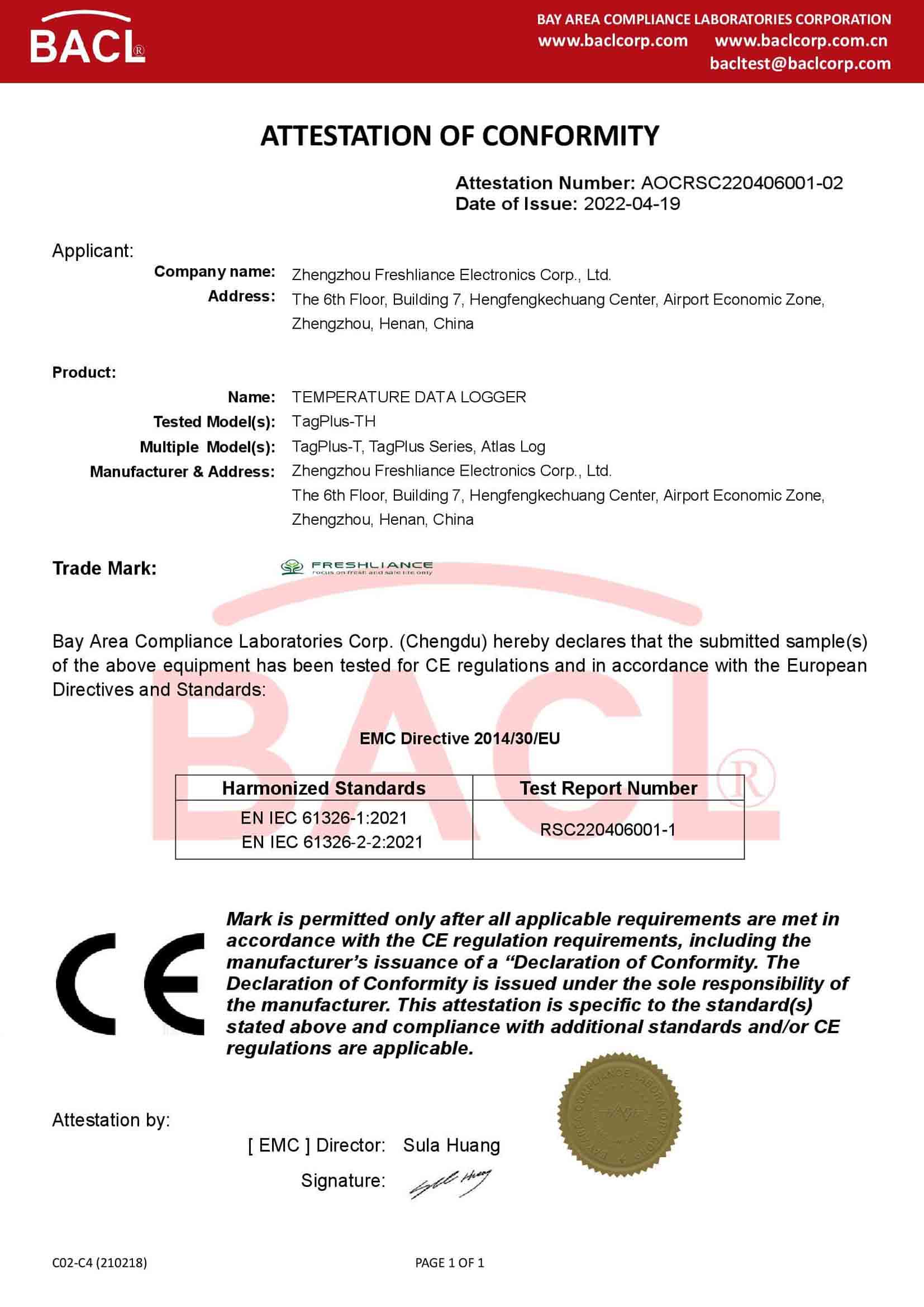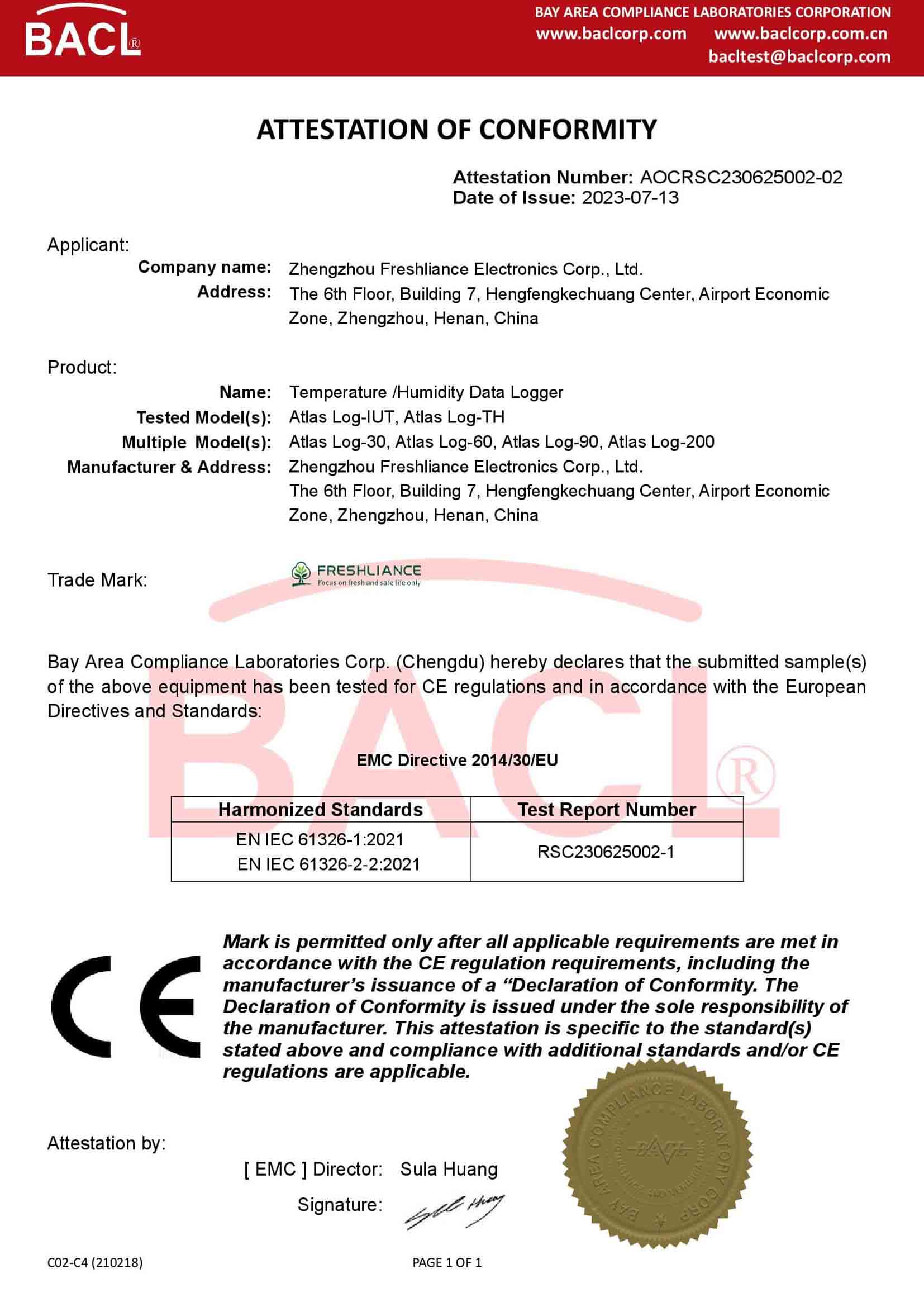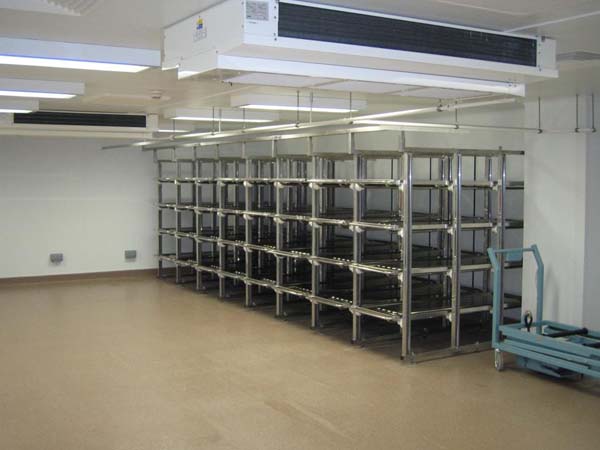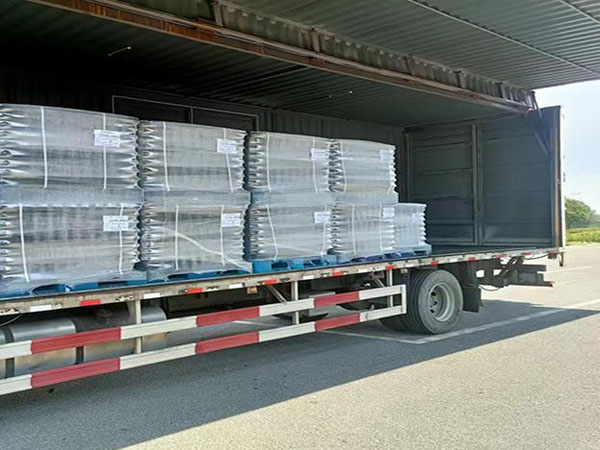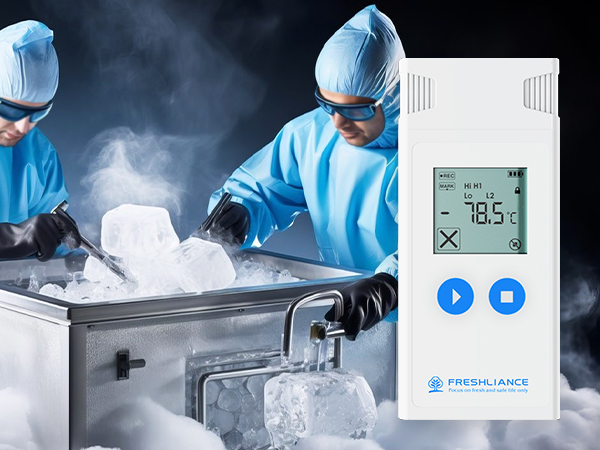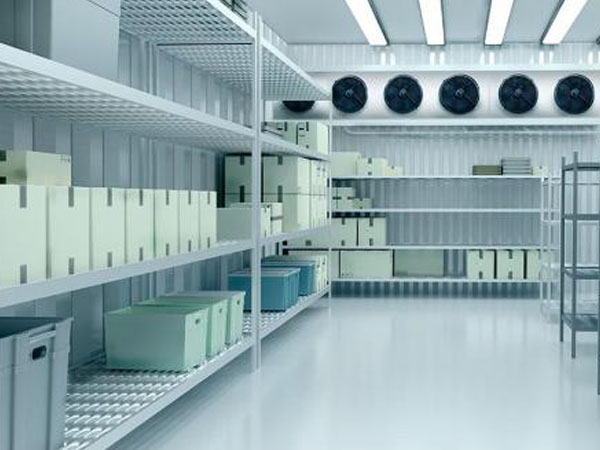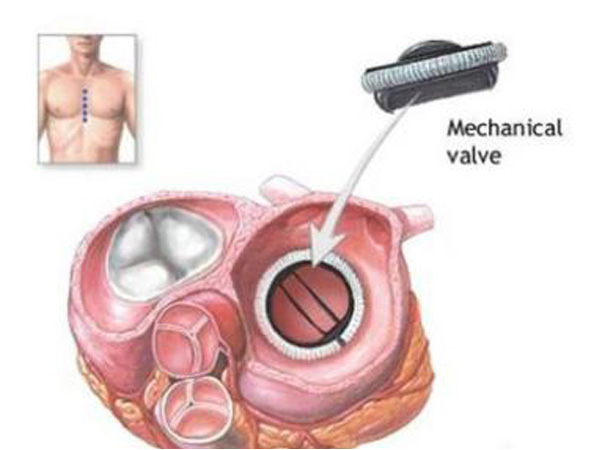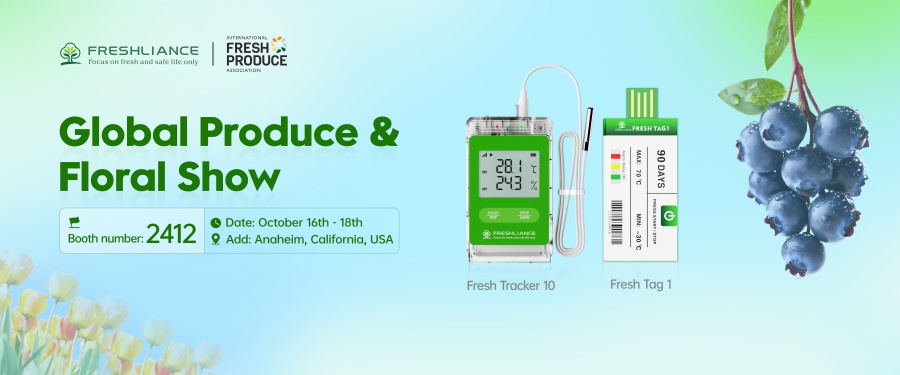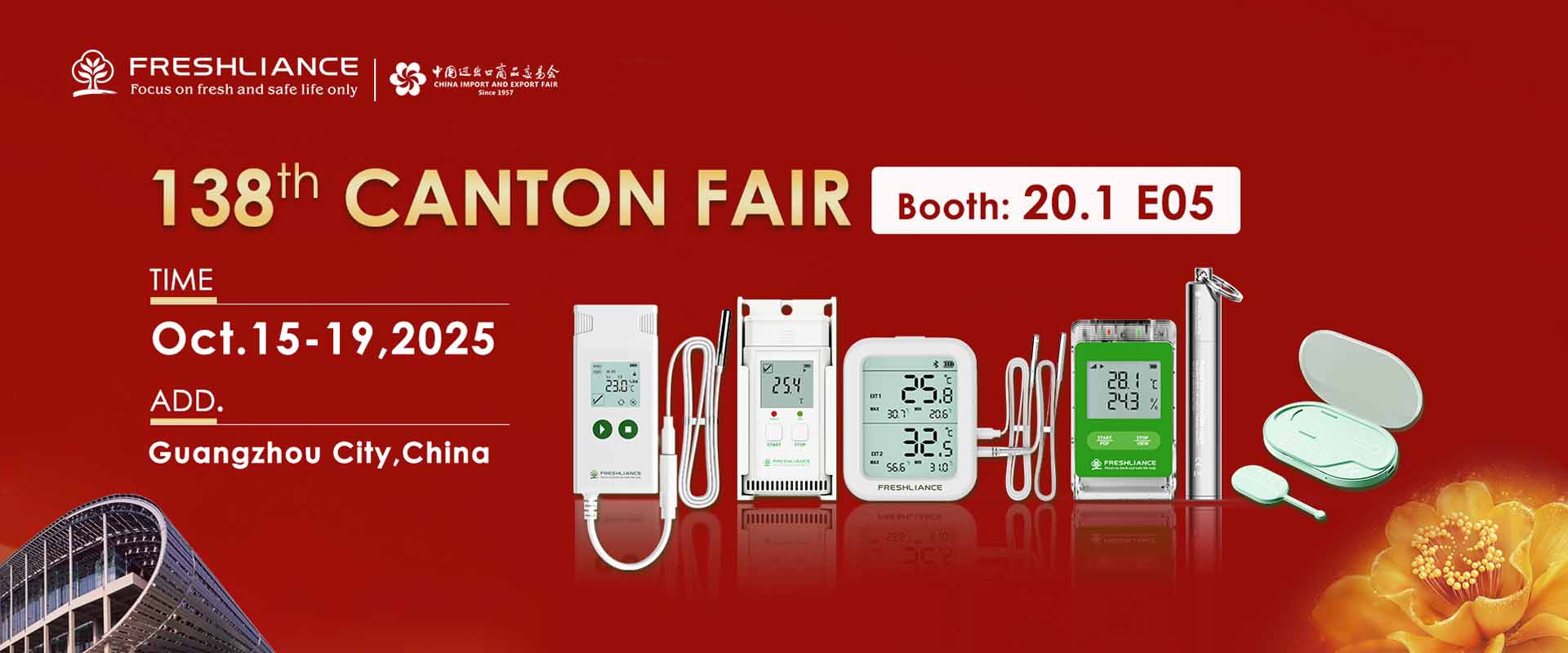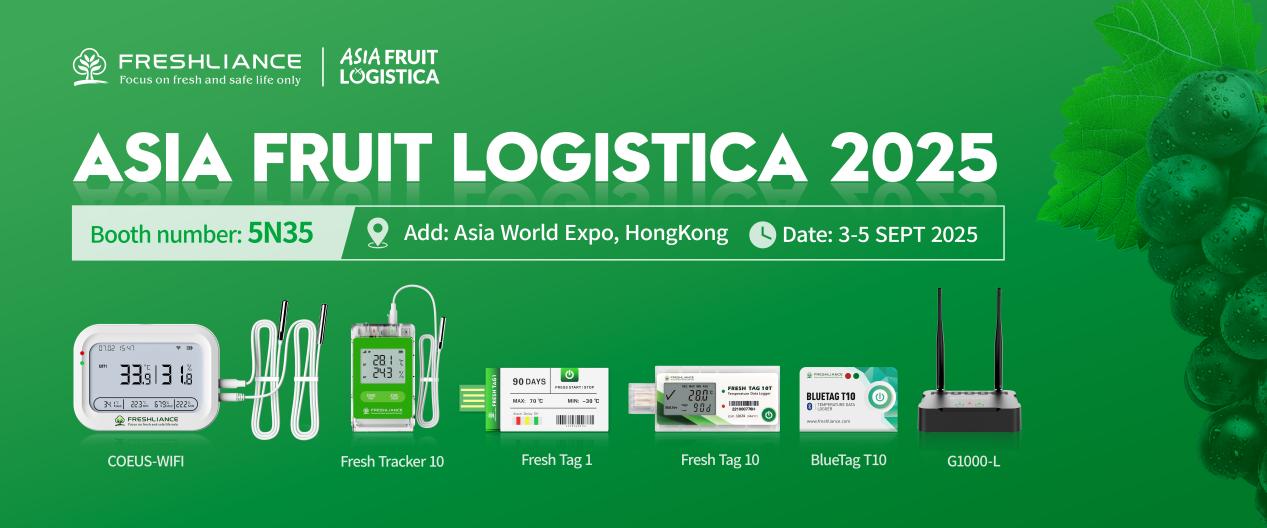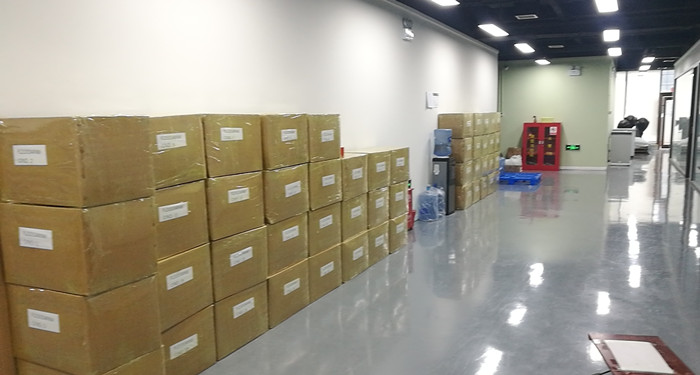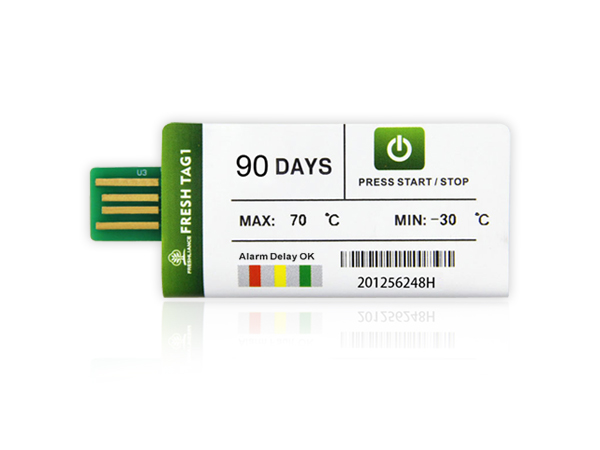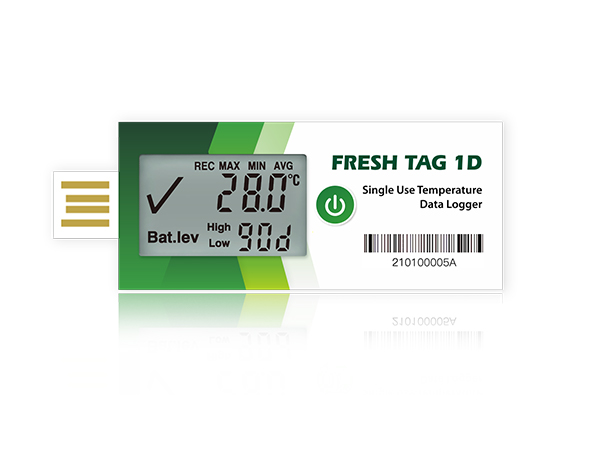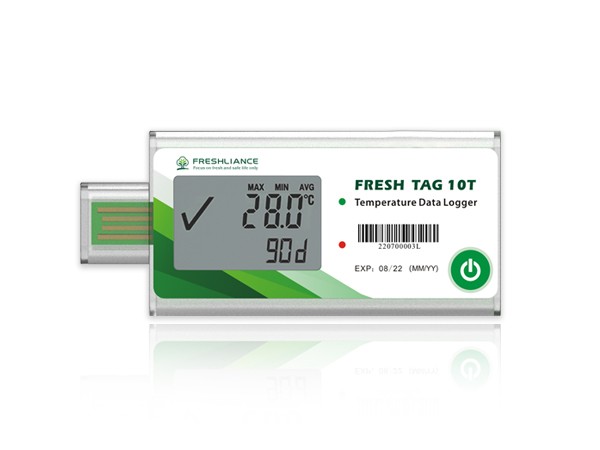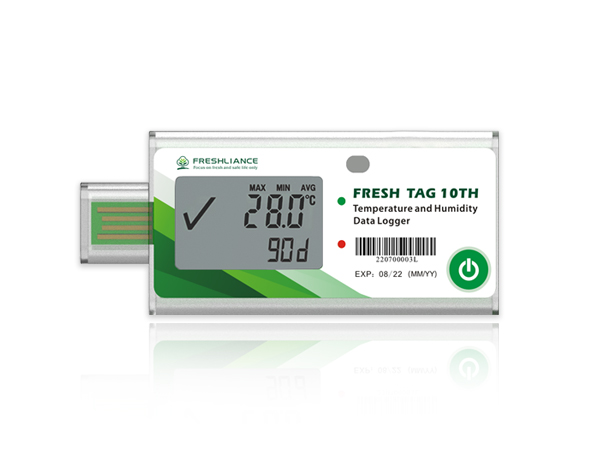How to Keep Antigen Kits Under Proper Temperature
Freshliance Thermis Tag temperature electronics indicator could indicate the antigen kits’ temperature status to ensure them within the proper temperature range and in case of further loss.
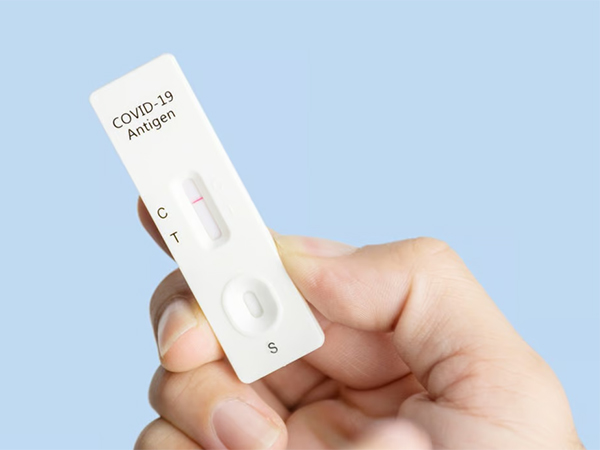
As winter begins and the holidays are in full swing, the COVID-19 pandemic has entered another worrying phase. The emergence of the omicron variant, along with increasing rates of infections, has left many people unsure about their holiday plans. So it makes sense to have some rapid tests to keep gatherings as safe as possible. But storing those rapid tests improperly might give inaccurate results, leads to short shelf life or premature expiration and has the potential to be a big financial loss.
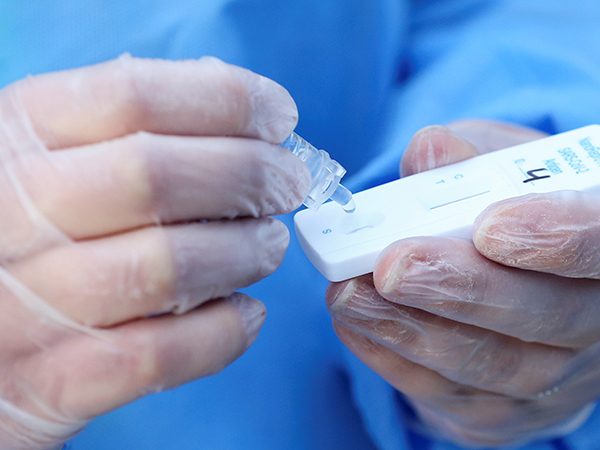
The antigen kits should be stored at temperatures between 36-86°F (2-30°C). This is a non-freezing range. Not too cold, not too hot. When the temperature goes too high, basically all of the key active ingredients could be inactivated. Antigen kits that are exposed to heat may be irreversibly damaged. Just as eggs firm up and Jello liquifies in heat, the proteins in the antigen tests can disintegrate or change form. The antigen kits also shall not be stored in too-cold environments. When liquid freezes, it creates ice crystals, and those ice crystals can do a lot of damage to the proteins there. All these temperatures outside of this range can result in catastrophic “false-negative” results. A false-negative has dangerous implications for the further spread of the virus as individuals will not self-quarantine if they do not believe they are ill, resulting in continuing spread of the virus.
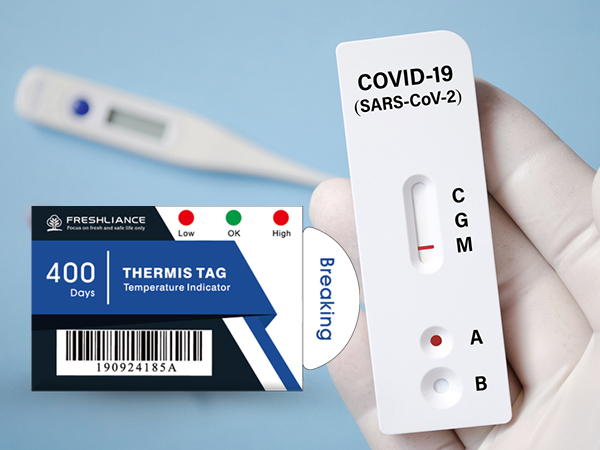
To prevent this, it’s best to equip a temperature indicator. Such as Freshliacnce Thermis Tag temperature indicator. Thermis Tag Single-use LED temperature electronics indicators for medical use can be attached to antigen kit packages to monitor its temperature during transportation and storage in cold chain logistics. Thermis Tag is widely used in various cold chain segments of the pharmaceutical industry, such as refrigerated containers, refrigerated trucks, freezers, medical cabinets, medical refrigerators, etc. These electronics temperature indicators are characterized by red, green and yellow indicators, which can indicate their alarm, ok and fault status. When the temperature exceeds the preset temperature, the irreversible alarm is promptly activated, which can help you find the abnormal situation of the antigen kit lest improper antigen kit storage cause “false-negative” results.

